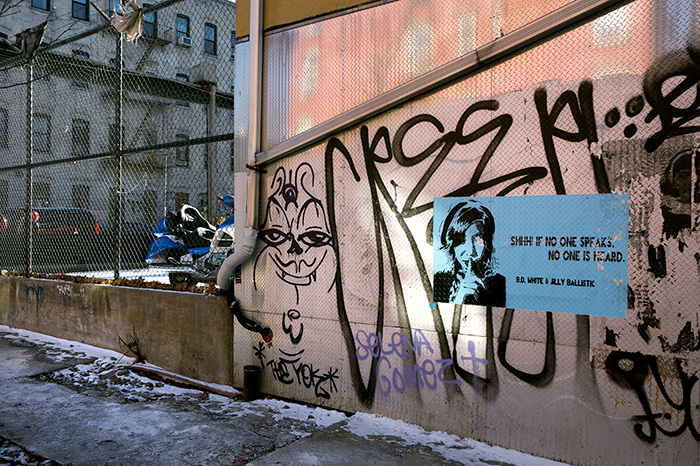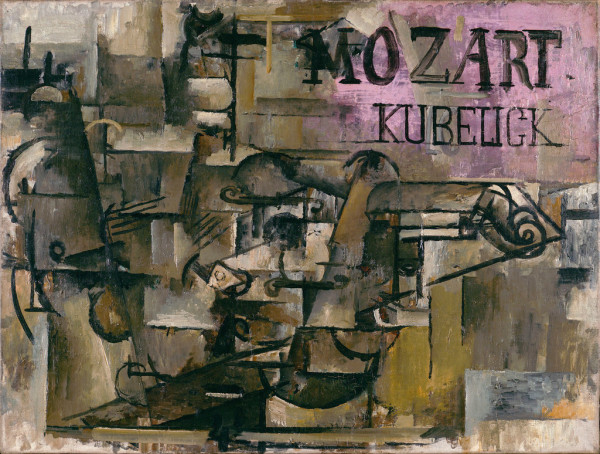
S1st Street, Williamsburg, Brooklyn — © Brian Rose
Every few years someone or other, usually an art/photo critic, declares photography dead. Or if not dead, then relegated to a quaint sideshow off the midway of progress. I’ve written about it before, way back in 2007, in response to Peter Plagens’ Newsweek article “Is Photography Dead?” An article that ends with the line: “The next great photographers—if there are to be any—will have to find a way to reclaim photography’s special link to reality. And they’ll have to do it in a brand-new way.”
Last August, Stephen Mayes repeated many of Plagens’ assertions in a Time article that keeps popping up in my Facebook newsfeed, no doubt because hundreds of my “friends” are photographers. His article ends by conjuring up the old Elvis meme: “It’s very far from dead but it’s definitely left the building.” Which means, all you losers waiting for an encore should go home because the show is over. It has moved on to a new venue.
The argument for the death of photography generally revolves around how technology has stripped the medium of its claim to veracity. Never mind that photographic reality has since its inception held a tenuous grip on reality — despite the faith placed in it. Mayes believes that the nature of digital capture is fundamentally different from lens based imagery, and touts the infinite arrangeability of pixels as a transformative phenomenon.
No doubt, of course, technology has changed the medium, but Mayes flails about trying to describe what that change might look like. Having just drowned in MoMA’s inchoate “Ocean of Images,” the latest installment of the museum’s New Photography series, I can only conclude that no one seems to know where things are, much less where things are going.
Arrangements of digital data in the post internet image vortex. That’s where we are, apparently.

“THE VIOLIN (MOZART/KUBELICK)”
Georges Braque, 1912
There is one paragraph of Mayes’s article in particular that illustrates where his argument about photography goes wrong. He compares the present image revolution as comparable to the period when Picasso, and the other Cubists, deconstructed the traditional way of seeing, which forever transformed the nature of representation. Cubism was definitely a transformative movement in the history of art, but it did not kill off painting.
True, critics have called painting dead, too. And for quite a while, it appeared that the march of art history was essentially reductive — from Cubism to Abstract Expressionism to Minimalism to the grave. But lo and behold, painters have continued to paint, and the medium remains alive and well within the multiplicity of ways that artists approach the task of making art — of expressing the nature of human existence — in the age of image capture.
Photography, and its tenuous tether to reality, will continue to be important to culture, as is music, film, and literature. The digital revolution will not render these things irrelevant. The act of observation, of bearing witness, will not become less important — it may in fact become more important as we increasingly live in a world alternating between the real and the virtually real. Sometimes, going to contemporary photo exhibitions is like experiencing one bad Holodeck adventure after another. I’m mean come on, let’s get real.
—
Here is a comprehensive list of articles on “painting is dead” vs. “painting is back.” One could easily do a similar list about photography. Actually, I think it’s the “such and such is dead” paradigm that is dead.